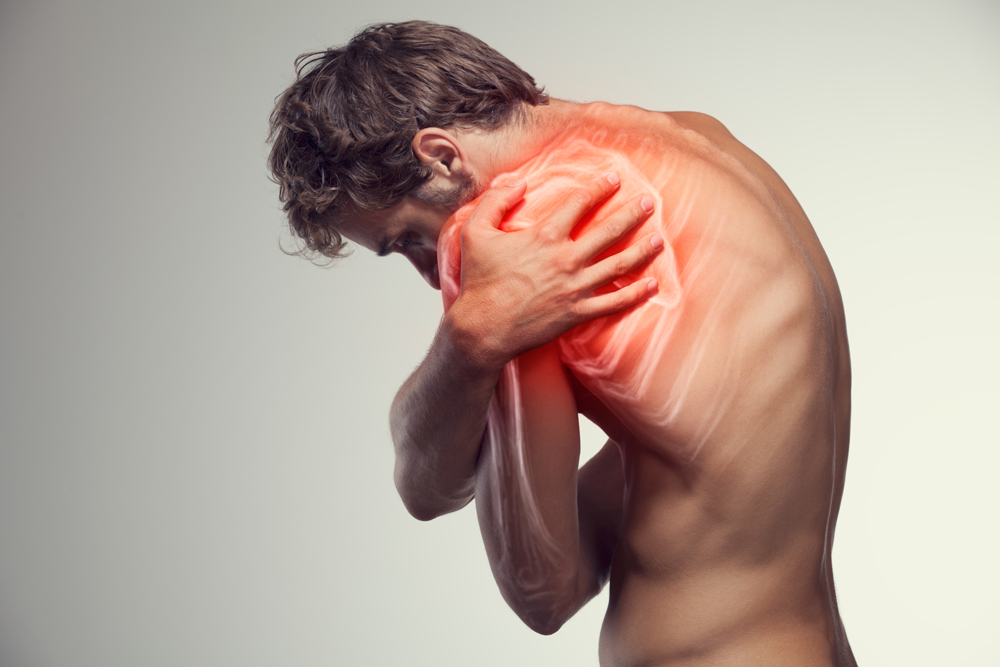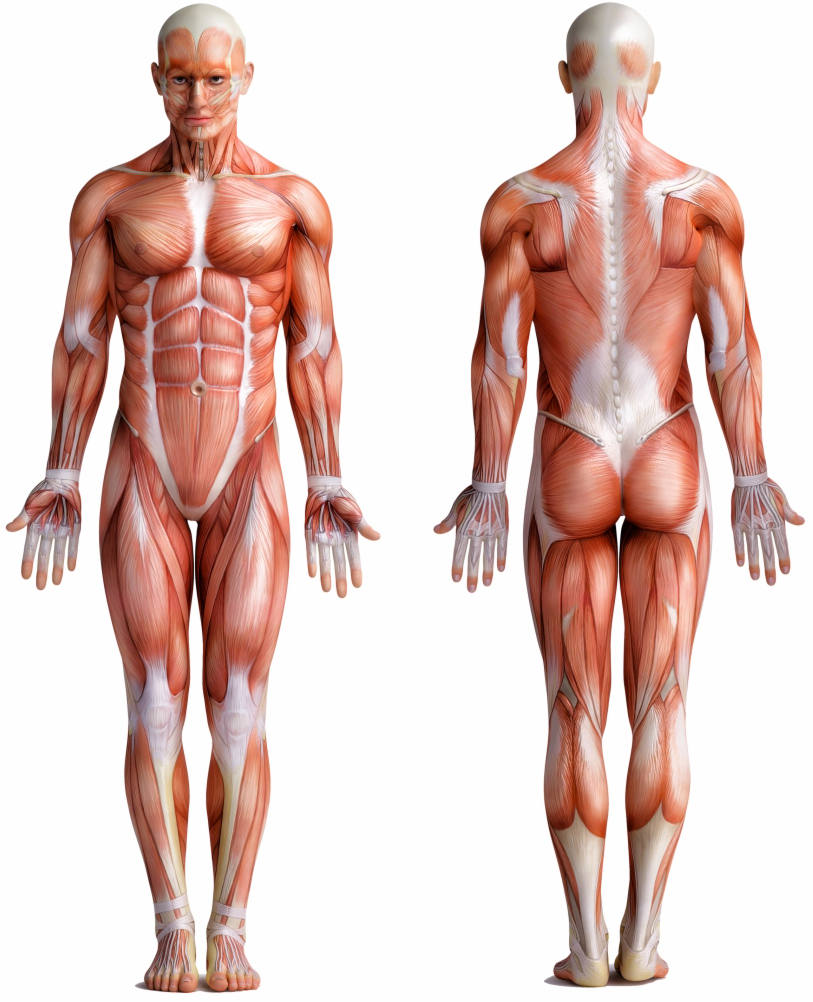-

-
About Us
- Our Vision
-
Personalized Care
Personalized Care Personalized Care Intro
Diagnostic Tests
- Digital X-Ray
- DynaROM
- 3D Body Scanning
- Gastrointentinal Health
- Organic Acids
- Comprehensive Stool Analysis
- Food Sensitivity
- Dietary Antigen Complete
- Endocrinology
- Thyroid Panel
- DUTCH Hormone Test
- Neurotransmitter Profile
- Adrenal Profile
- Nutritional Status
- Vitamin D
- Homocysteine
- Methylmalonic Acid
- Urine Iodine
- Organic Acids
- Copper Zinc Profile
- Essential Fatty Acid Profile
- RBC Metals & Minerals
- Toxic & Essential Elements
- RBC Elements
- Urine Toxic Metals
- Hair Metals & Minerals
- Urine Halides
Treatments
- Avacen Therapy
- Bioidentical Hormone Replacement Therapy (Anti-Aging)
- Chiropractic Care
- Electric Muscle & Nerve Stimulation
- Emsculpt Neo
- Emsella Treatment
- Erchonia Laser (Model EVRL)
- Exosomes
- Hair Restoration
- Headache & Migraine Treatment
- Hyaluronic Acid Injection
- Intersegmental Traction
- IV Nutrient Therapy
- Laser Lipo
- Massage Traction Chair
- PRP Facials
- PRP for Erectile Dysfunction
- PRP for Female Sexual Dysfunction
- PRP for Pain Relief
- PRP for Urinary Incontinence
- Semaglutide
- Shockwave Therapy for Cellulite & Skin Tightening
- Shockwave Therapy for Pain Relief
- Shockwave Therapy for Female Sexual Dysfunction
- Shockwave Therapy for Male Sexual Dysfunction
- Skin Rejuvenation
- Spinal Decompression
- TENS Unit
- Testosterone Replacement Therapy (TRT)
- Therapeutic Ultrasound
- Thyroid Care
- Trigger Point Therapy
- Durable Medical Equipment
- Ankle-foot Orthosis
- Cervical Rehab Coller
- Custom Foot Orthotics
- Lumbosacral Orthosis
- Osteoarthritis Knee Brace
- Wrist Brace
- FAQs
- Testimonials
- Pain Relief
- Weight Loss
-
Sexual Wellness
-
Anti-Aging
-
Resources
- Blog
- Video Library
- Store
-
Health Condition Library
Health Condition Library
- Ankle Osteoarthritis
- Bulging Spinal Disc
- Carpal Tunnel
- Cervical Degenerative Disc Disease
- Cervical Radiculopathy
- Elbow Bursitis
- Erectile Dysfunction
- Fatigue
- Female Hormone Imbalance
- Female Sexual Dysfunction
- Fibromyalgia
- Foot Arthritis
- Frozen Shoulder
- Golfer’s Elbow
- Hand Arthritis
- Headache
- Hip Bursitis
- Hip Osteoarthritis
- Hyperthyroidism
- Hypothyroidism
- Knee Bursitis
- Knee Osteoarthritis
- Low Testosterone
- Lumbar Degenerative Disc Disease
- Migraines
- Musculoskeletal Pain
- Obesity
- Osteoarthritis
- Plantar Fasciitis
- Plantar Fibroma
- Rotator Cuff Injury
- Sciatica Pain
- Shoulder Bursitis
- Shoulder Osteoarthritis
- Tennis Elbow
- Thoracic Degenerative Disc Disease
- Urinary Incontinence
- Weight Gain
- Wrist Arthritis
- Wrist Bursitis
- Contact
Understanding Upper Back Pain

Introduction:
Upper back pain, also known as thoracic back pain, is a discomfort or ache that occurs in the area between the base of the neck and the bottom of the rib cage. It is a common condition that affects people of all ages and can have a significant impact on daily activities. In this comprehensive guide, we will explore the various aspects of upper back pain, including its symptoms, causes, and multiple treatment options.
Symptoms:
The symptoms of upper back pain can vary from person to person, but common signs include:
- Dull, aching pain: Many individuals experience a persistent, dull ache in the upper back region.
- Muscle stiffness: The muscles in the upper back may feel tight and stiff, limiting range of motion.
- Sharp or shooting pain: Some individuals may experience sharp or shooting pain that radiates from the upper back to other areas, such as the arms or chest.
- Limited mobility: Upper back pain can make it difficult to perform certain movements, such as bending or twisting.
Causes:
There are innumerable potential causes of upper back pain, including:
- Muscle strain: Overuse or sudden movements can strain the muscles in the upper back, leading to pain and discomfort.
- Poor posture: Slouching or sitting in a hunched position for extended periods can strain the muscles and ligaments in the upper back.
- Injury or trauma: Accidents or falls can result in upper back pain, especially if there is damage to the bones, muscles, or ligaments.
- Herniated discs: The discs between the vertebrae in the upper back can become herniated, causing pressure on nearby nerves and resulting in pain.
- Osteoarthritis: Degenerative changes in the spine can lead to osteoarthritis, which can cause upper back pain.
Treatment Options:
When it comes to treating upper back pain, there are various options available. These include:
- Physical therapy: A physical therapist can provide exercises and stretches to strengthen the muscles in the upper back and improve flexibility.
- Pain medication: Over-the-counter pain relievers, such as nonsteroidal anti-inflammatory drugs (NSAIDs), can help alleviate discomfort. Although NSAIDs do reduce inflammation to temporarily relieve pain, they are responsible for 30% of hospital admissions for adverse drug side effects, mainly due to bleeding, heart attack, stroke, and kidney damage. In addition, from the first day of use, all NSAIDs increase the risk of gastrointestinal (GI) bleeding, myocardial infarction, and stroke.
- Heat or cold therapy: Applying a heat pack or cold pack to the area may help to reduce inflammation while providing temporary pain relief.
- Posture correction: Improving posture and ergonomics can help alleviate upper back pain caused by poor alignment.
- Massage therapy: Massage techniques can help relax tense muscles and improve blood circulation in the upper back.
- Injections: In some cases, corticosteroid injections may be recommended to reduce inflammation and provide pain relief. Side effects of cortisone, which is commonly injected for joint pain, includes thinning of the skin, easy bruising, weight gain, puffiness of the face, elevation of blood pressure, cataract formation, thinning of the bones, and a rare but serious form of damage to large joints (avascular necrosis). Due to risks, patients may only get this treatment once every several months.
- Surgery: In rare cases where conservative treatments fail, surgery may be considered to address underlying issues causing upper back pain.
Conclusion:
Upper back pain can significantly impact a person’s quality of life, but with proper understanding and treatment, it is often manageable. By recognizing the symptoms, identifying the causes, and exploring various treatment options, individuals can take steps towards finding relief and improving their overall well-being. It is advisable to consult with a healthcare professional for a precise diagnosis and personalized treatment plan.









